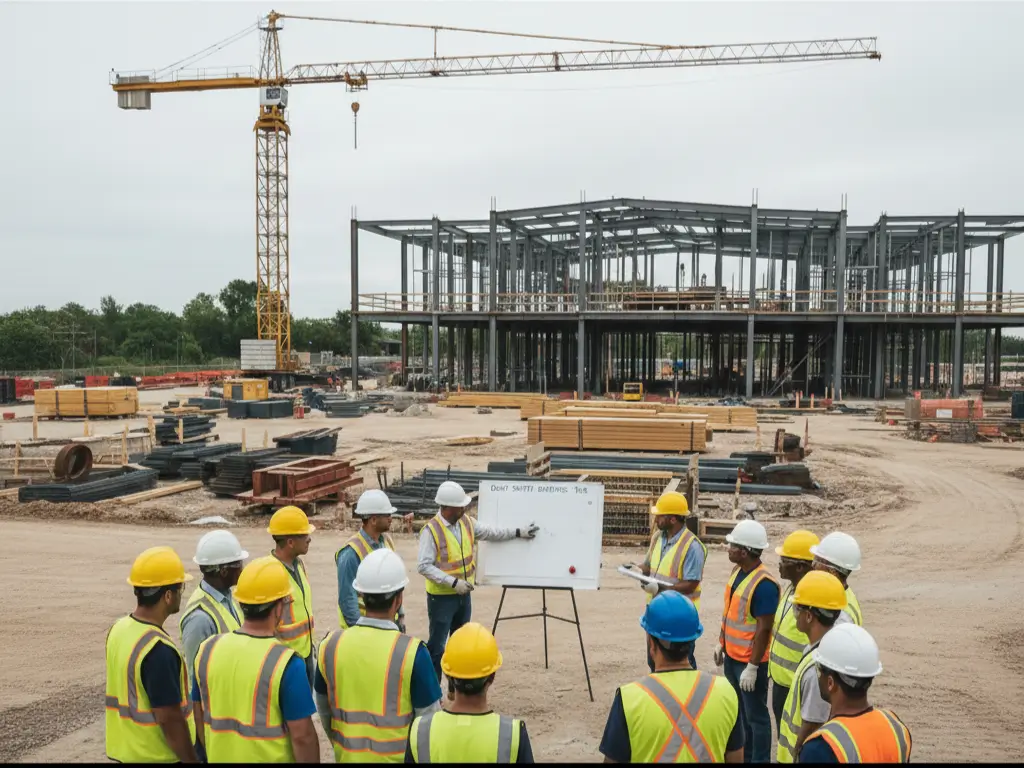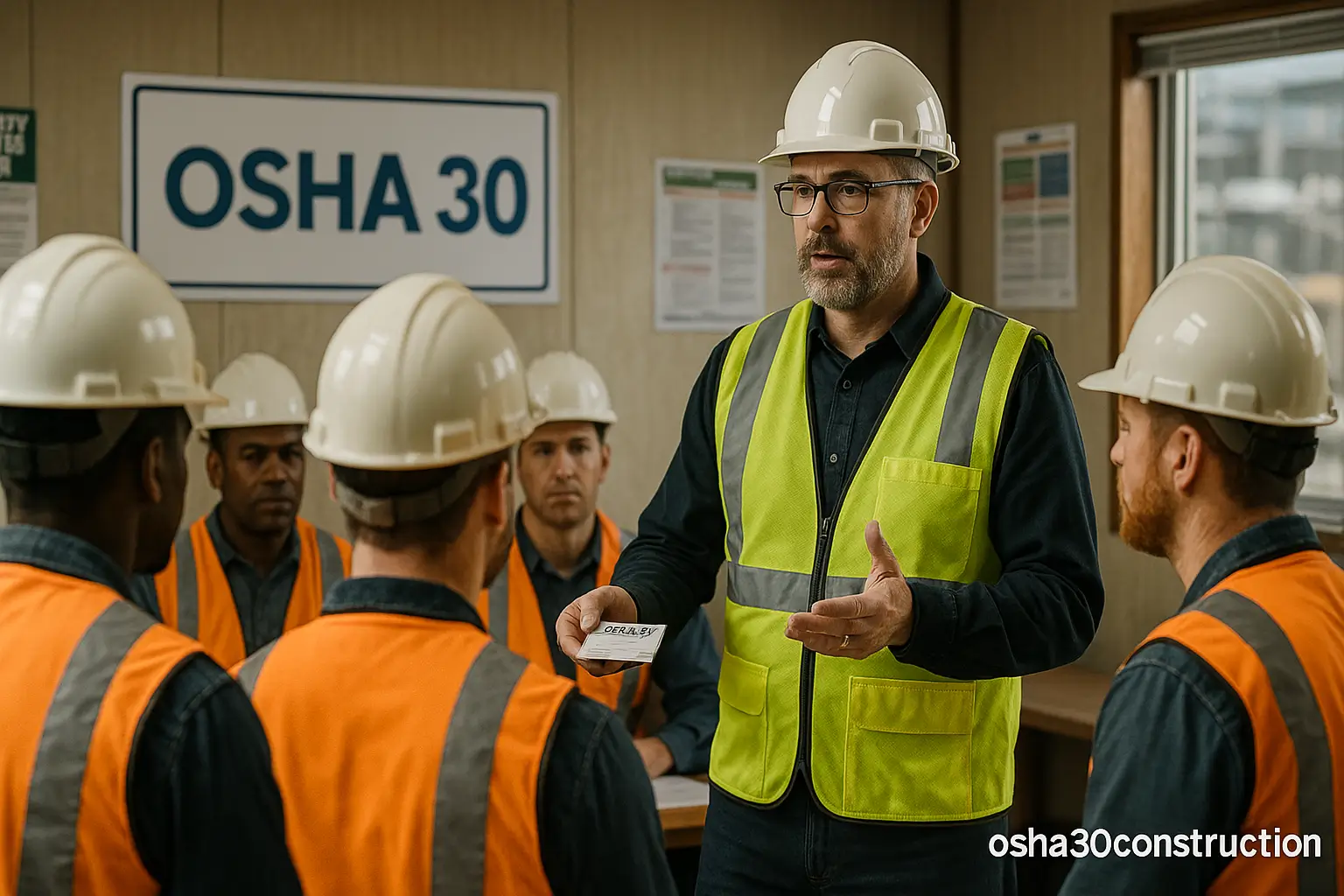
Both workers and their managers have the greatest concern for workplace safety. By conducting inspections and establishing norms for different industries, the Occupational Safety and Health Administration (OSHA) plays an essential role in ensuring worker safety. The inspection schedule, which evaluates and enforces safety standards across various workplaces, is a crucial part of OSHA’s responsibility. In this article, we will cover the main components of OSHA inspection schedules and their importance.
Exploring Workplace Safety: A Deep Look into OSHA Inspection Schedules
Few things are as crucial for workplace safety as understanding the finer points of OSHA Inspection Schedules. The essential task of ensuring safe and healthy working conditions for thousands of people across multiple sectors is under the Occupational Safety and Health Administration (OSHA) purview. The foundation of this aim is the OSHA Inspection Schedule.
Managers and staff members can be encouraged by thoroughly understanding the OSHA Inspection Schedules. It’s a roadmap to a safer, more secure workplace, not just an administrative requirement. These schedules cover follow-up inspections as well as scheduled and unscheduled inspections.
Inspections planned and handled by analyzing injury and sickness data focus on high-risk occupations and environments. On the other hand, unscheduled inspections happen in reaction to complaints, reported tragedies, accidents, or referrals. Inspections conducted after the fact confirm that any violations found earlier have been fixed.
Equally important is to understand the reasons for these examinations. An inspection may result from employee complaints, recorded accidents, or referrals from other agencies. In addition, businesses need to be aware that OSHA may conduct regular inspections based on their evaluation of workplace risks.
[rcblock id=”6764″]
The Basic Principles of Inspection Schedules for Ensuring OSHA Legal adherence
One thing remains constant in the complicated world of workplace safety. OSHA adherence must be done. It all starts with having an in-depth knowledge of the basic principles of OSHA inspection schedules, which will clear the way for smooth adherence with regulations and worker well-being.
The Occupational Safety and Health Administration, or OSHA, maintains workplace safety regulations nationwide. The OSHA inspection schedule is one of its most effective instruments for upholding these requirements. This schedule includes a variety of inspection types, such as scheduled assessments and unscheduled spot checks, all of which aim to safeguard workers and uphold safety regulations.
In addition, high-risk workplaces are given a close examination thanks to scheduled inspections divided into categories based on industry hazards and previous accidents. Unplanned inspections triggered by complaints, accidents, or referrals offer a prompt solution to pressing safety issues. Inspections conducted in the future show that employers have fixed any infractions that had been found before.
The key to proactive adherence is to comprehend what causes these inspections. Employee complaints, workplace mishaps, or referrals from other organizations may start the inspection process. In addition, based on their evaluation of the underlying dangers, OSHA gives specific industries and workplaces priority for routine inspections.
OSHA Inspections Revealed: A Comprehensive Guide to Safety Audits
Knowledge is the keystone that converts good intentions into effective action in the pursuit of workplace safety. OSHA inspections, frequently viewed as mysterious or dangerous, are a crucial part of safeguarding secure and healthy working conditions. This in-depth manual exposes the inner workings of OSHA inspections and gives readers the knowledge they need to embrace safety audits as proactive tools rather than feared events.
Inspections conducted by the Occupational Safety and Health Administration (OSHA) come in various forms and are each designed to meet specific requirements. The first step toward a safer and more compliant workplace is understanding these forms. Programmed inspections are scheduled evaluations focusing on high-risk professions, workplaces, or sectors. They prioritize based on data to ensure that regions with a history of safety hazards are thoroughly examined.
[rcblock id=”6766″]
Behind the Scenes: Understanding the Structure of OSHA Inspections
Understanding the complexities of these inspections is important for ensuring your workforce’s safety and adherence. We will expose the complex components of this crucial procedure in examining the structure of OSHA inspections. OSHA inspections are primarily motivated by a dedication to protecting workers across a range of businesses. Understanding the various inspection types is essential to understanding how these crucial safety audits work.
Programmed inspections are systematic assessments focusing on high-risk professions and work environments. These are given priority by OSHA based on data on illnesses and injuries, and it focuses on places where there have historically been safety difficulties.
Safety First: The Importance of OSHA Inspection Schedules
OSHA inspection schedules serve as a powerful symbol of dedication to employees’ well-being in the workplace safety field. “Safety First” is more than simply a slogan; it’s a way of life ensuring the workforce’s safety and health. Every business and employee needs to understand the significant value of OSHA inspection schedules.
The Occupational Safety and Health Administration (OSHA) uses its regulatory power to enforce the rule that safety must be a top concern. The foundation of this process is OSHA inspection schedules, which are in charge of a wide range of inspections, including routine, planned assessments, ad hoc spot checks, and follow-up visits.
Preplanned inspections based on injury and sickness statistics identify high-risk workplaces and sectors. Unplanned inspections are the rapid-response system that guarantees immediate action when safety is at risk. They start with complaints, accidents, or referrals. Follow-up inspections give you a second chance to correct any previously found issues.
The article examines the immense value of OSHA inspection schedules, highlighting the various inspection kinds, their causes, and what to anticipate during an inspection. By the time this investigation is up, you’ll understand the crucial part these schedules play in creating a culture of safety where “Safety First” is more than just a slogan—it’s a way of life.
[rcblock id=”6066″]






